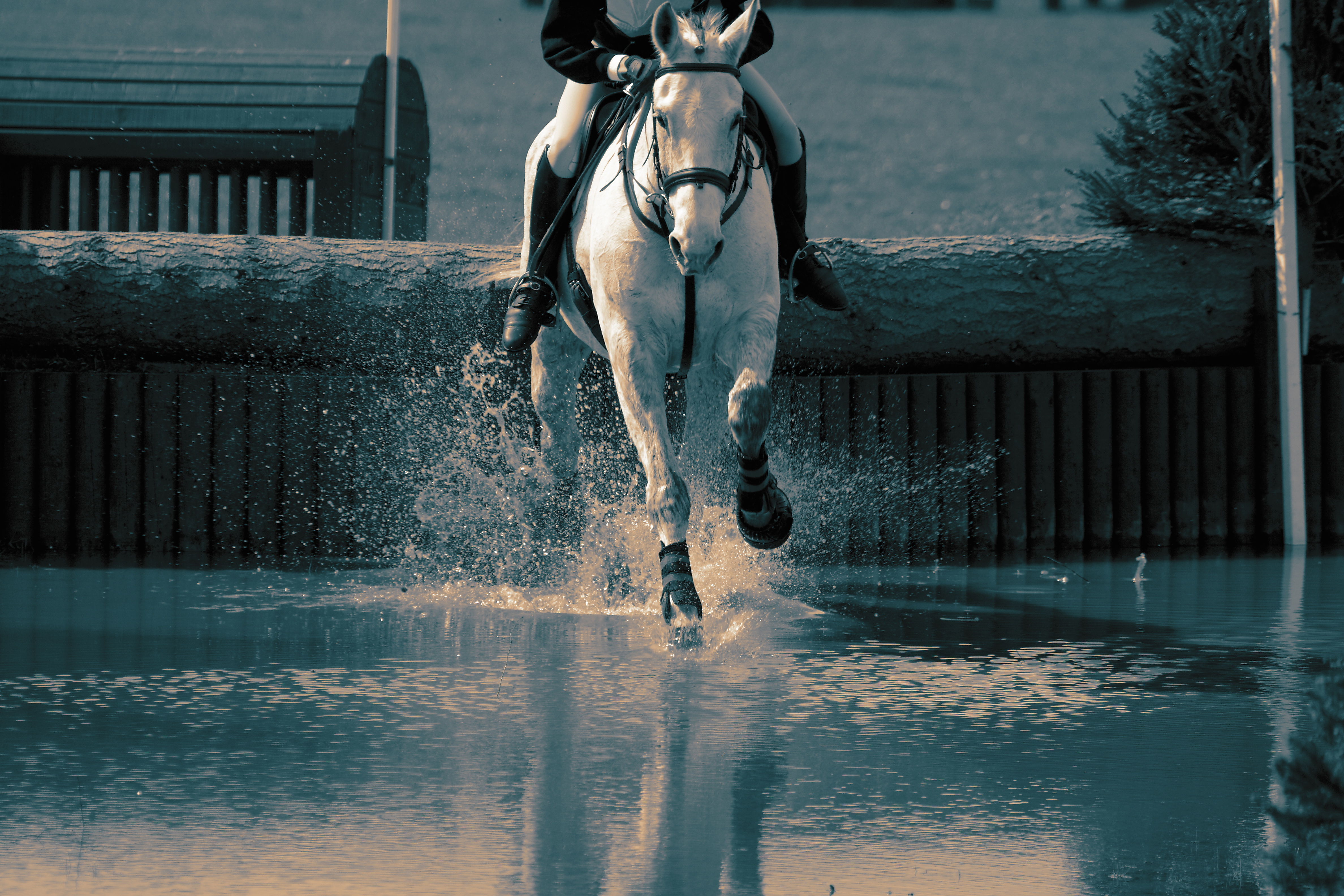Q&A: The “right” approach to jumping
- May 27, 2022
- ⎯ Equus
Q: I am an amateur rider, but I have ridden and trained a lot of green horses in the hunter/jumper discipline. We all want our horses to jump quietly, safely and happily, and some are tougher to get to that place than others. When a young horse is “looking” at every new thing, I’ll let him walk up and sniff a fence if it’s significantly different than obstacles he’s seen before. Obviously, however, in a show or a crowded hunt field or an eventing course, you can’t stop to smell the obstacle, and there will eventually be a jump that doesn’t resemble one you’ve exposed him to. So my question is, when (and how) should you transition a horse like this from, “I have the right to sniff every weird fence before I jump it” to “I will leap before I look!”

A: I am happy to hear that you are taking a quiet, progressive approach to teaching your horses to jump. Training should build a horse’s confidence, not test it. I have seen many riders who introduce a young horse to a new type of obstacle by coming at it strongly with a lot of kicking and flapping, and this is usually detrimental to the horse’s outlook on life.
Initially, as you stated, letting a horse inspect the fence before asking him to jump it will help him understand the question and negotiate the obstacle with confidence. If he is very frightened, you may need to stand there for quite a while until he relaxes and will put his nose on the jump without signs of alarm. If the horse keeps turning his head away and refusing to look at the obstacle, it is a sure sign he is not ready to jump it yet. Letting a youngster follow another horse over new fences is another great option. Go about it quietly and slowly, and in most cases leave four or five lengths between, so that if the lead horse should knock down the fence you have time to circle away. (Also, it is safest to have the lead horse jump the obstacle once on his own before trying to follow him, just in case!)
The point when the horse is ready to jump new fences without first taking a peek depends on several factors, including how brave he is naturally and the strength of his basic flatwork training. Every horse is an individual, and you have to listen to what he is telling you when determining when to move on. Some horses will pick it up quickly, while others require many repetitions.
As your horse shows you he is confident, your next step is to jump familiar fences without letting him have the preview peek on the day. When he is confident, he will go quietly and willingly. Rushing or over-jumping are both signs that he lacks confidence. The last thing you want to do is over-face a horse. Avoid creating situations where he refuses to jump.
A hugely important part of the equation is making sure the horse is well-schooled on the flat. Having the correct trot or canter makes his job easier and helps his confidence. Your horse needs to be in front of the leg, straight, balanced and controlled. Be sure to have these basics correct before you ask him to jump new fences without first having a look or a lead.
It is also important that the rider stays in balance and has a good release. Often a green horse will jump awkwardly when presented with an obstacle he is unsure of, and if the rider gets left behind, jumps ahead of the balance or hits him in the mouth, his confidence will be further undermined. (I highly recommend professional help for a less experienced rider teaching a horse to jump.)
Train the horse using common sense, a gradual progression in difficulty of exercise, and be sure your riding sessions are designed to build the horse’s confidence and trust rather than test it.
Phyllis Dawson
Eventing trainer and rider
Hillsboro, Virginia
This article first appeared in EQUUS issue #456, September 2015.
Don’t miss out! With the free weekly EQUUS newsletter, you’ll get the latest horse health information delivered right to your in basket! If you’re not already receiving the EQUUS newsletter, click here to sign up. It’s *free*!





